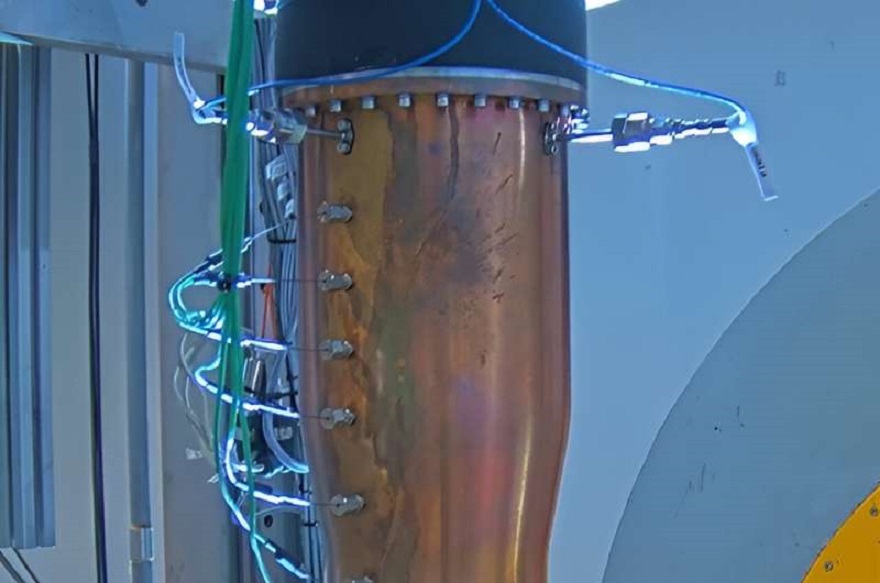Polish manufacturer Lukasiewicz-ILOT is testing its new TLPD product as part of the development of new rocket engines. Its peculiarity is the injector of the original design, which allows to change its thrust within wide limits.

Polish engine
The European Space Agency (ESA) continues to test new rocket technology that could be used on future missions. This time the focus was on Polish engineers from Łukasiewicz Research Network-Institute of Aviation (Lukasiewicz-ILOT). Together with their colleagues, they developed the Throttleable Liquid Propulsion Demonstrator (TLPD) engine.
The engine prototype has already been completed and is now being tested at the Lukasiewicz-ILOT demonstration site. It has two interesting features at once. The first is the use of ethanol and hydrogen peroxide as a fuel-oxidizer pair.
Most old rockets run on toxic heptyl and nitrogen tetroxide, they give good thrust but are too dangerous. An alternative is cryogenic or semi-cryogenic designs that use liquid oxygen and sometimes hydrogen. However, they require powerful refrigeration units and an igniter to be placed inside.
Their launch is always associated with the danger of explosion. Therefore, it is quite risky to re-launch them in space. Unlike these devices, the new engine has no such problems. It both doesn’t require cryogenic units and doesn’t create toxic emissions.
The second feature of the TLPD is the use of a new pintle injector. It not only allows fuel and oxidizer to be efficiently mixed and injected into the combustion chamber at high speed, but also allows the scale of this process to be varied over a wide range. As a result, its thrust can be adjusted between 20 and 110% of the nominal one.
What the tests show
Actually, testing of the new injector was the main element of the tests, which Lukasiewicz-ILOT specialists have recently conducted. With a maximum thrust of 5 kN, the TLPD is ideal for use on the upper stage of launch vehicles. However, the ability to regulate thrust greatly expands the field of its use.
The point is that maneuvers in space require very little thrust. The new engine can provide it at minimum operating modes. But landing on the Moon or Earth would need all its power, and the possibility of a controlled landing prompted engineers to experiment with thrust.
During static testing, the engine performed surprisingly well on the main program. It made 17 pulses each lasting 10 seconds at constant thrust. Since no problems were found, the experts moved on to the next step. Two more 15-second pulses were performed. During each of them the thrust was varied from 20 to 80% of the nominal thrust.
Once again, no problems were found. Engineers will now remount the engine, analyze the results and move on to further testing. During these, the pulses will be significantly longer.
According to phys.org


